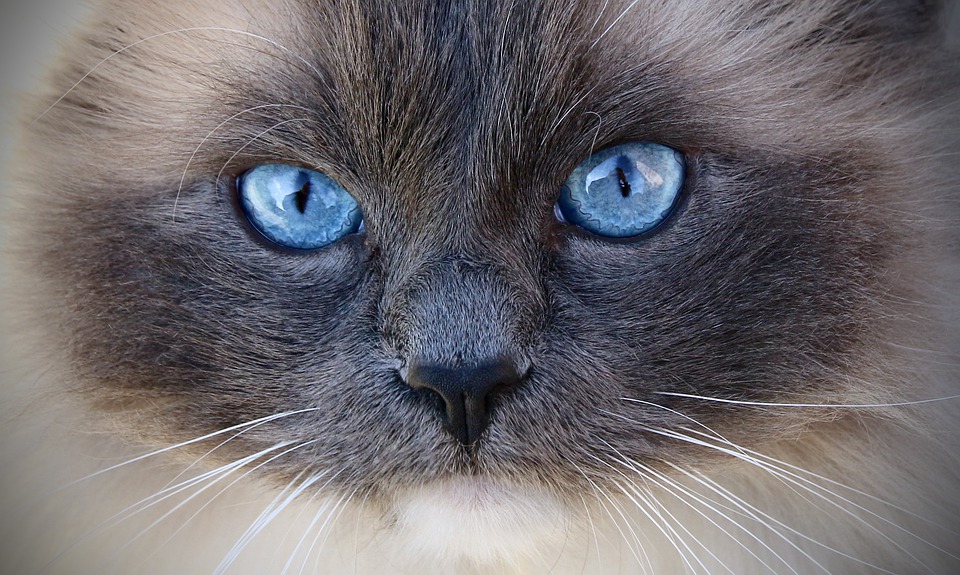Decoding Cat Greeting Behavior: Understanding Feline Communication
Unveiling the Secrets Behind Your Cat’s Greetings
Cats are complex creatures with a unique and intricate way of communicating their thoughts and emotions. As pet owners, it’s important for us to understand the subtle cues and behaviors our feline friends display, particularly when it comes to their greetings. In this article, we will delve into the fascinating world of cat greeting behavior, deciphering the various signals and messages our cats convey through their actions. So, let’s dive in and unravel the mysteries behind your cat’s greetings!
Understanding the Different Types of Cat Greetings
Cats have a range of greeting behaviors that they employ to communicate with their human companions and fellow felines. Here are some common types of cat greetings and what they signify:
1. Head Bunting and Rubbing: When your cat rubs its head against you or objects, it’s a sign of affection and claiming you or the item as part of their territory. This behavior releases pheromones, marking their scent and establishing a sense of familiarity.
2. Tail Upright and Curved: A cat with an upright, curved tail is displaying a friendly and welcoming greeting. It’s an invitation for social interaction and shows that your cat is comfortable and happy to see you.
3. Slow Blinking: Often referred to as “kitty kisses,” slow blinking is a gesture of trust and friendship. When your cat gives you a slow blink, it’s their way of saying that they feel safe and relaxed in your presence.
4. Arching Back: An arched back accompanied by raised fur is a defensive posture. It can indicate fear or discomfort, so it’s crucial to approach your cat with caution when they display this behavior.
5. Kneading: Kneading, also known as “making biscuits,” is a behavior cats exhibit when they feel content and secure. It originates from their kittenhood, when they used to knead their mother’s belly to stimulate milk flow.
Decoding Cat Greetings: What Do They Mean?
Understanding the meaning behind your cat’s greetings can help strengthen the bond between you and your feline companion. Here’s a breakdown of what your cat’s greeting behaviors might signify:
1. Head Bunting and Rubbing: Your cat is expressing affection, marking you as part of their territory, and establishing a sense of familiarity.
2. Tail Upright and Curved: Your cat is happy to see you and is inviting social interaction. It signifies a friendly and welcoming greeting.
3. Slow Blinking: Your cat is displaying trust and contentment. It’s their way of saying they feel safe and relaxed in your presence.
4. Arching Back: Your cat may be feeling fearful or uncomfortable. Approach with caution and try to alleviate any potential stressors.
5. Kneading: Your cat is content and secure. It’s a sign of relaxation and happiness.
Frequently Asked Questions (FAQs)
1. Why does my cat head butt me?
– Head butting, or head bunting, is a friendly behavior that signifies affection and territory marking. Your cat is showing that they trust and feel comfortable around you.
2. Why does my cat arch its back when I approach?
– Arching their back is a defensive posture that cats adopt when they feel threatened or uncomfortable. It’s important to approach your cat gently and identify any potential stressors.
3. What does it mean when my cat kneads me?
– Kneading is an instinctual behavior that stems from a cat’s kittenhood, where they kneaded their mother’s belly to stimulate milk flow. It’s a sign of contentment, relaxation, and trust.
4. Should I slow blink back at my cat?
– Yes, returning your cat’s slow blink is a way of showing reciprocated trust and contentment. It can help strengthen your bond and make your cat feel even more secure in your presence.
5. How can I make my cat feel more comfortable during greetings?
– Providing a calm and secure environment, using positive reinforcement, and understanding your cat’s body language can help create a comfortable atmosphere during greetings. Respect their boundaries and allow them to initiate interactions at their own pace.
By understanding and decoding your cat’s greeting behavior, you can enhance your relationship and create a deeper level of communication with your feline companion. Remember, each cat is unique, so paying attention to their individual cues and preferences is key to a harmonious and fulfilling bond.








